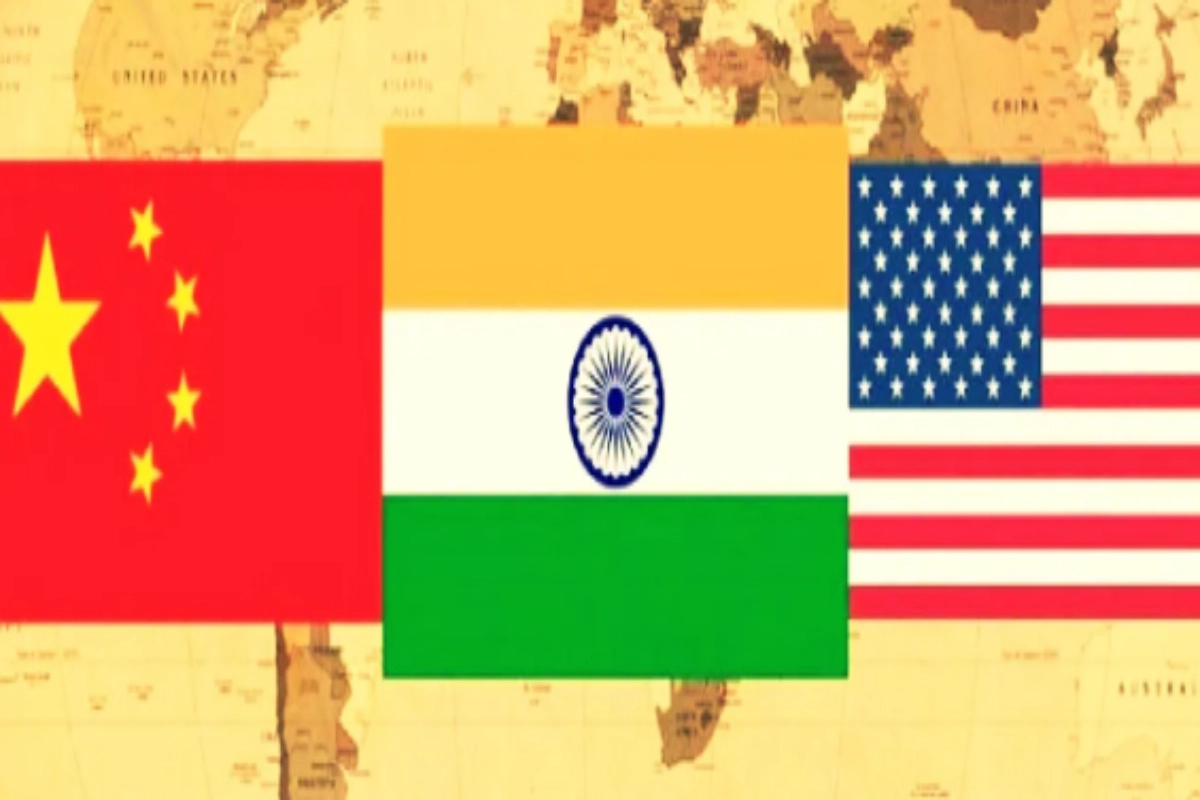US China Tariff War: An important opportunity for India is expected to arise from the most recent round of tariff warfare between the United States and China, its biggest trading partner. US President Joe Biden levied steep tariffs on Chinese goods, such as batteries, electric vehicles (EVs), steel, solar cells, and aluminum, in what is perceived as a protectionist move to lessen trade imbalances.
Key Increases on Chinese Imports
These tariffs include a 25% tariff on batteries for electric vehicles imported from China, a 50% tariff on semiconductors, and a 100% tariff on electric vehicles. Other products that will be subject to increased tariffs include solar cells, syringes and needles, medical gloves, and certain essential minerals. These proposed hikes are a part of a larger US strategy, as stipulated in Section 301 of the Trade Act of 1974, to counter unfair trade practices by China.
US Trade Representative’s Statement
Katherine Tai, the US Trade Representative, underlined that these actions are required to stop China’s low-cost goods from overtaking international markets.
“Of the products affected, India has opportunities in face masks, PPE, syringes &needles, medical gloves, aluminum and iron and steel. Opportunity may come in China also with retaliation, provided we have market access in products targeted by China,” Ajay Sahai, Director General of the Federation of Indian Export Organisations (FIEO), told ANI.
Sahai’s Prediction on US-China Trade Dynamics
Sahai claims that the US action will trigger a tariff war between the two nations, and China will likely retaliate. The impact is estimated to be USD 18 billion out of USD 420 billion in Chinese exports to the US, or slightly more than 4%. “It will further increase in times to come,” Sahai said adding that this gives India and other rivals a chance to close the supply gap.
When asked if China would dump goods subject to tariffs in India, a neighbor, Sahai responded that China is sitting on excess capacity and that the possibility of dumping is always present, especially if a significant market is closed to their exports. “I am sure industry and the Government will be keeping a close watch on imports and if surge or dumping happens, DGTR will take appropriate action to safeguard our industry,” he asserted.
Insights from GTRI Founder
The Global Trade Research Initiative (GTRI) founder, Ajay Srivastava, stated that the EU and the US are reducing their imports of electric vehicles from China. Like Sahai of FIEO, Srivastava also claimed that India stands to gain a great deal from higher duties on Chinese face masks, syringes and needles, medical gloves, and natural graphite.
“By ramping up production and export of these in-demand products, India could enhance its trade footprint in the US market,” he added. Given that it is a net importer of these goods, India might not have any export advantage on the remaining goods, such as semiconductors and EVs.
Ultimately, though, India will be able to export some of these semiconductors to the US and other European nations once it begins manufacturing them on a large scale in 2025. Four semiconductor plants in India are currently under construction: one in Assam and three in Gujarat.
Growth of Electric Vehicles in India
The same holds true for electric cars. In India, a number of automakers are producing electric vehicles (EVs) for both local and international markets. Although it is still in its infancy, the Indian electric vehicle ecosystem is starting to take off.
330,000 EVs were registered in 2021, a 168 percent increase from 2020. According to a report by EY and IndusLaw, the two- and three-wheeler categories accounted for the majority of sales (48 and 47 percent, respectively), with passenger vehicles coming in at 4 percent.






